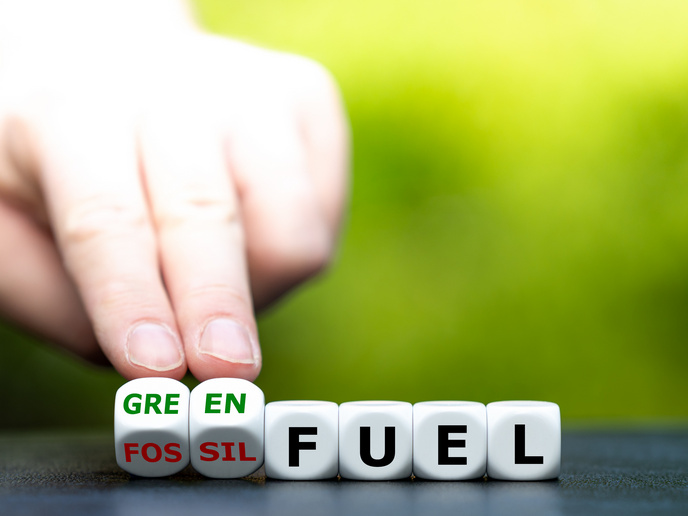Turbine innovation delivers sustainable SME energy solution
Small-scale businesses and factories across Europe are currently facing exceptionally high energy costs. “If you operate a bakery in an industrial park, or a leisure centre in the town centre, you’ll have experienced a huge increase in energy prices,” notes FUTURBINE(opens in new window) project coordinator Tony Hynes from Aurelia(opens in new window) in Finland. Hotels and supermarkets, which often operate on a franchise model, are also struggling to cope. A key challenge for all these businesses is that they are simply not large enough to demand preferential pricing from their energy provider. At the same time, there is a lack of decentralised energy solutions on the market for their capacity range. “This means that small and medium-sized enterprises (SMEs) often don’t have anywhere to go,” adds Hynes.
Meeting SME energy needs
For this reason, Aurelia wanted to design a gas turbine to deliver heat and power generation specifically to meet SME energy capacities. The Aurelia A400 is an efficient gas turbine capable of utilising a wide range of fuels. The aim of the EU-funded FUTURBINE project was to not only validate the turbine’s performance in operational environments, but also demonstrate its ability to utilise a range of feedstocks. This includes waste, such as agricultural residues and even plastics. “We see a lot of potential growth in this area,” says Hynes. “Landfill is actively discouraged in the EU, so gasification could be one way forward.” One challenge however is that turbines have in the past experienced difficulties in dealing with waste feedstock. “For example, turbine engines often cannot manage certain noxious elements that are released,” explains Hynes. “Particles for example can contaminate the oil used in lubrication systems, which then requires extensive maintenance.” There are also of course regulations against releasing harmful gases.
Waste streams for energy
FUTURBINE therefore sought to show how the newly designed turbine deals with these types of fuel. Working with technology partners, Aurelia came up with a turbine that contains no pistons that require lubrication – instead, the shaft is lifted and held in place by magnets. This is one reason the turbine is better able to process waste as feedstock, delivering heat and energy sustainably and safely. It also means that less maintenance is required.
Benefits for waste management
The success of trials conducted in Germany has enabled the company to move forward with its commercialisation plans. Aurelia is also investigating rental models, to enable SMEs to access the technology in a cost-effective way. “A customer in Taiwan has placed orders,” notes Hynes. “This business is involved in waste management, and was looking for a solution to deal with plastic waste in particular.” Another company in Austria that deals specifically with plastic waste has also expressed interest in the technology, noting the turbine’s ability to burn waste to produce heat and power, while removing the nasty polluting elements. For Hynes, this innovation addresses two issues at once. It provides a means for SMEs to supplement or back up their energy supply in an efficient and cost-effective manner, while encouraging the use of waste as a sustainable feedstock. “This is a way of getting rid of waste while providing electricity and thermal energy for other processes,” he says.







